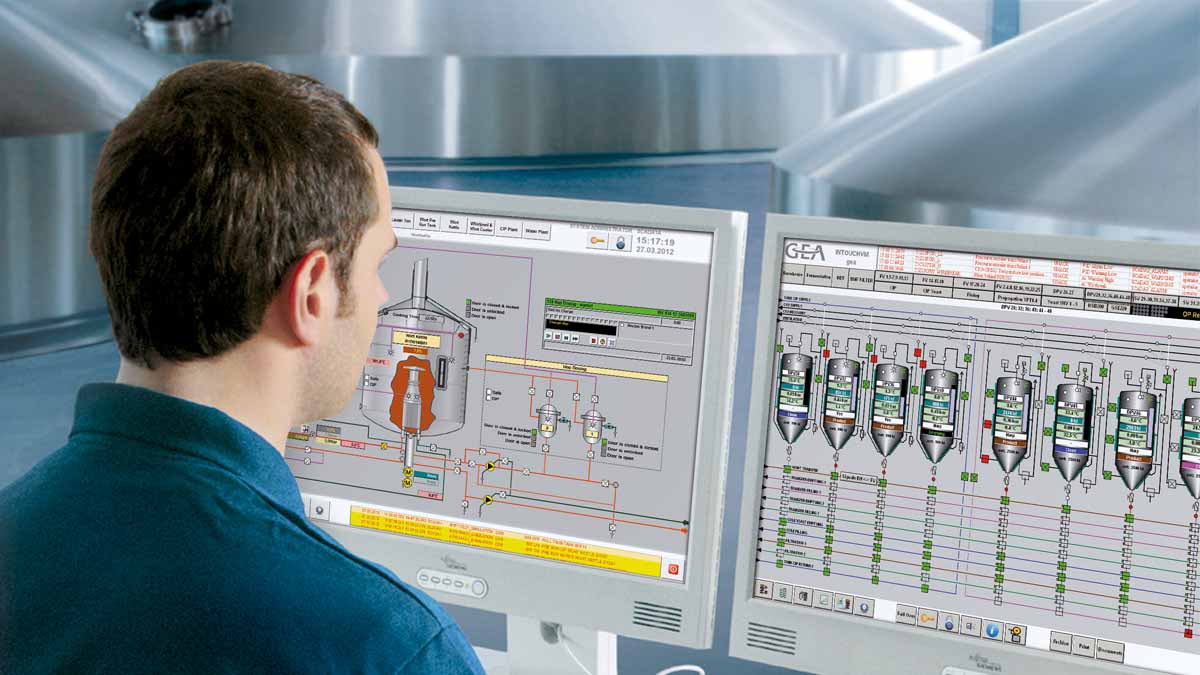Software development can be overwhelming. Even so, development managers and software analysts can employ system development life cycles to chalk out, design, develop, test, and implement the system into the existing business processes. If you are also thinking of going digital in your business, discover the 7 phases of the system development life cycle below to get started.
The system development life cycle is a great way of making a newly-created project function to improve business processes. The “SDLC” provides a framework for complex and non-complex processes to create a rewarding system that eases decision making. The initial system development life cycle had five stages. With two more stages to the current one, projects managers and system analytics can create ways of achieving certain objectives. Like the project life cycle (PLC), the system development life cycle leverages a system approach to explain a process, especially when an IS, or IT project is yet to be completed. When used, the SDLC allows users to know the activities used in a certain development process. Moreover, the approach helps users understand development stages can be redone if the need to improve or modify the system arises.
Table of Contents
Getting Started
The system development life cycle (SDLC)is an approach a software vendor uses to provide rewarding software projects. This modern project management model has seven software and hardware development stages, unlike the traditional one with five stages. The SDLC’s phases define how to transform a project from an idea or concept to implementation and eventually maintaining the software to retain its quality.
What Is the Importance of System Development Life Cycle?
The system development life cycle outlines the structure of the whole system, creation resources, and its objectives. When successfully implemented, the SDLC allows the organization to manage sophisticated projects. Its well-outlined steps make it easy to predict the quality and reliability of the newly-build project. Throwing SDLC into the mix speeds up development and delivery of the new system to customers.
An organization that successfully implements the new system can easily evaluate, schedule, and estimate deliverables. The SDLC does not restrict members from quitting the project. If an initial project member quits, the project manager can bring in a new member to fulfill the pending duties. Nonetheless, this approach ensures fast delivery of goods and services to the right destination. Here are the 7 phases of SDLC, whether you hire innovecs – Software development company or you resort other digital solution providers in the market.
Planning Stage
Planning should always top the list when introducing software to your business. Planning before beginning the software development helps define the entire system and outline its objectives. Putting the project idea into writing before beginning the development cycle can help project managers and analysts theoretically detect the problems that may compromise the project. In this stage, developers can also secure funds and talented programmers to complete the project. If the software is for commercial purposes, the plan will help create a schedule that will drive fast creation and delivery to the market within the specified time. Typically, the planning stage involves submitting project plans, approximating project completion costs, and ways to procure materials.
Analysis Stage
Here, the project development team analyzes the functional requirements for starting and completing the project. The development team also considers the final consumer’s needs, ensuring the new solution meets or exceeds their expectations. Analyzing functional requirements means collecting views from various stakeholders and checking more relevant data. The success of this requires cooperation between architects, product managers, programming professionals, and stakeholders. System analysis in this second stage of the SDLC defines the organization’s goals, ways to fulfill them, individuals responsible for each project section, and the completion time. Useful tools for the analysis stage include structured analysis, Software Engineering, and requirements gathering.
Design Stage
This stage describes the required specifications, project features, and activities that accommodate available functional requirements. In this stage, the final consumers submit their needs for the new solution. The system design stage also reveals the system’s architecture, user and system interface, network diagram, and the project’s databases. The main players of this stage include network engineers, programmers, and database developers. These professionals transform the SRS document into a logical structure for easy implementation in programing languages. Furthermore, system operation, user stating, and solution maintenance plans are created in this stage to guide developers throughout the seven SDLC phases. Later, project developers will develop documentation with the final project design.
Development Stage
The design created in the third stage is used in here. A network engineer, programmer, and database developer combine efforts to create a code that matches the prototypes and functional requirements to develop a working application based on the design and specifications designed in stage 3. The system’s code is also built according to the design document developed in the previous stage. The organization gives the coding guidelines, including debuggers, interpreters, and compilers, for internal benefit. Once given, developers will choose the language including C++, Java, .Net, and PHP that matches the program’s functional requirements and proposed specifications.
Testing Stage
After developing a working project with the right programming language and coding, the developers test the system to weed out available bugs that may ruin the final user’s experience. In this stage, developers use a fine-tooth comb to run over the software identifying bugs, fix them if found, and retest the software. The testing stage can take a short time or last longer depending on the user’s needs, nature of the software, and the developer’s level of skills.
Implementation and Deployment
After the testing phase, developers will install the new software in the company’s data center for deployment. After successful implementation, the business will deliver the system to final users to fill their data. Organizations with old systems can transfer their data to the new solution. Once the data transfer is complete, the organization can switch to the newly designed software.
System Maintenance Stage
Regular system maintenance and updates begin after successful implementation and installation of the system in the end user’s server. This last stage of the SDLC maintains the software’s functionality and keeps it updated. In this stage, developers will include modern security technologies for strong system protection against cyber threats. Moreover, the company and developers agree on monthly or annual software maintenance in the system maintenance stage. Depending on the agreement of the two parties, the contract should be renewed after expiry to protect the software from unforgiving cyber threats.
The Bottom Line
Software development could be overwhelming if the organizations did not prepare for change. However, if successfully implemented, the newly developed software helps the business compete against other technologically savvy organizations. The 7 phases of SDLC above can be helpful if you are also planning to digitalize your business. Whether you hire innovecs-software development company or other organizations offering digital solutions, the above 7 SDLC stages guarantee faster software creation and delivery to end consumers.




